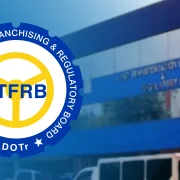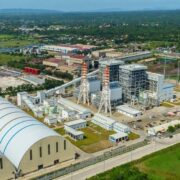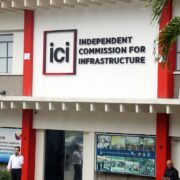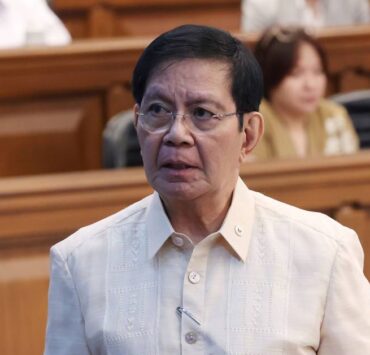Bohol tourism rebounds after typhoons, env’t issues
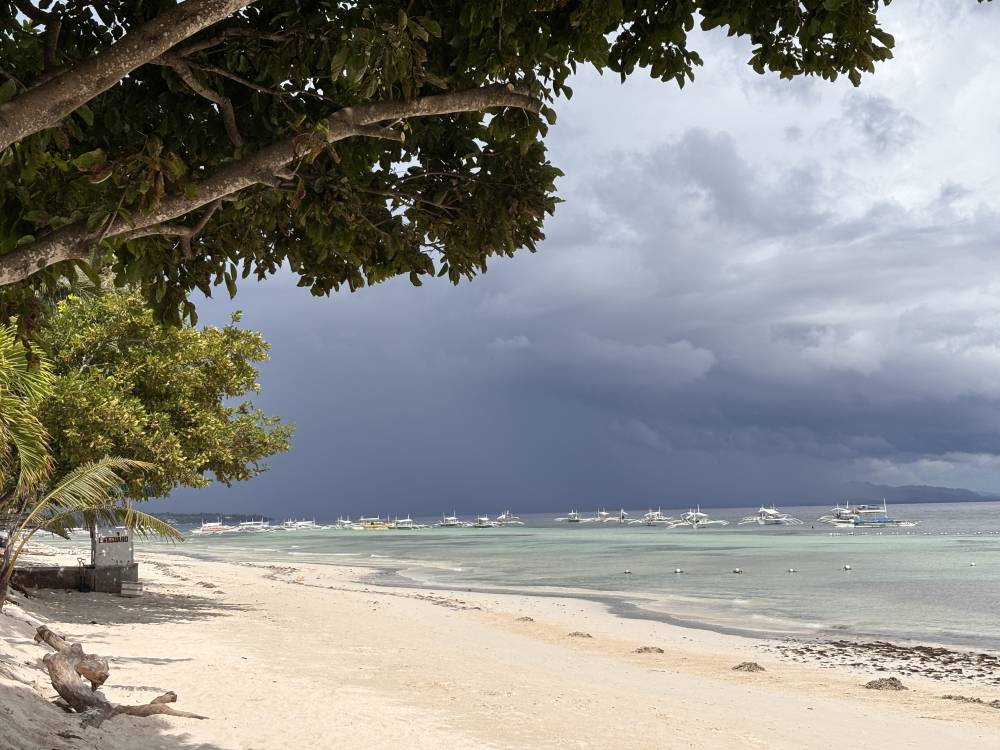
PANGLAO ISLAND—Tourism industry players in Bohol are expressing renewed optimism as signs point to a gradual rebound in visitor arrivals, raising hopes that the province may soon return to its prepandemic performance.
Dr. Doloreich Dumaluan, a resort owner and a director of the Panglao Island Chamber of Commerce and Industry, said November could mark the beginning of the return of international visitors.
He cited the renewed presence of Korean tourists in Panglao this week as a promising indication of recovery.
“Let us pray and hope this will continue,” Dumaluan told the Inquirer, noting that tourists were seen crowding the beaches on Wednesday.
The province’s hospitality sector is still recovering from the impacts of environmental issues and successive Typhoons “Tino” (international name: Kalmaegi) and “Uwan” (Fung-wong), which disrupted operations and forced some tourist sites and markets to temporarily close.
Dumaluan said the tourism industry moves in cycles, with July to October considered lean months. He added that this period typically allows resort owners to repair and renovate facilities ahead of the next tourism cycle.
Peak season
According to him, European tourists usually begin arriving in November, followed by a surge of both domestic and foreign visitors from December to March. He said local tourists continue to boost the industry from April until June.
Dumaluan said the decline in tourist arrivals was not unique to Bohol, noting that other destinations in the Philippines and other countries, such as Taiwan, South Korea and Singapore, are experiencing similar slowdowns.
He urged stakeholders to intensify marketing efforts by joining travel marts, inviting friends and relatives, and promoting smaller resorts and hotels to enhance competitiveness.
Bohol has increasingly gained a reputation for being “gold”—overpriced and overrated, a perception that tourism stakeholders say is becoming a serious concern.
While Panglao remains a prime tourism gem, some visitors report that high or inconsistent pricing—whether for food, accommodations or activities—dampens their experience.
Officials and business groups warned that these concerns may discourage tourists from returning or recommending the destination, highlighting the need for fair pricing, improved service standards and stronger regulation to protect Panglao’s long-term appeal.
‘Pressing concern’
Provincial Board Member Jiselle Rae Villamor, chair of the committee on tourism, described the drop in visitor arrivals as a “pressing concern” that requires coordinated action among government and private sector leaders.
Villamor said data from the Bohol Tourism Office showed that the province recorded 1.4 million tourist arrivals in 2024, including 870,956 domestic visitors, 495,845 foreign tourists, and 3,144 overseas Filipino workers. However, only 400,880 tourists were recorded as of the third quarter of 2025.
“Tourism is not just about beaches, hills, or tarsiers. It is about livelihoods, dignity, and hope for every Boholano family,” Villamor said.
She reported that some resort workers have been placed on rotating unpaid leave due to low bookings and fewer flights to key destinations. The slowdown, she said, is also affecting tricycle drivers, tour guides, farmers, fishers and other local suppliers who depend on tourism for their livelihood.
Villamor cited high inflation, expensive airfare, weakening foreign currencies and geopolitical tensions in the Asia-Pacific region as factors contributing to the decline. She added that Thailand, Vietnam and Indonesia are aggressively marketing cheaper travel packages with better flight connectivity, making them more attractive to travelers.
Villamor proposed the holding of a Bohol Tourism Summit to gather national agencies, airlines, resort owners, transport groups and community representatives in crafting a unified recovery strategy.
Gelena Asis Dimpas, Department of Tourism assistant regional director, also urged industry players to diversify Bohol’s tourism offerings beyond beaches, the Chocolate Hills and tarsiers.
Speaking at the Tourism Business Forum organized by the Bohol Chamber of Commerce and Industry last October, Dimpas said expanding tourism inland and upland through agritourism, heritage trails, forest wellness activities and faith-based routes can benefit communities and protect the province’s cultural and natural resources.







